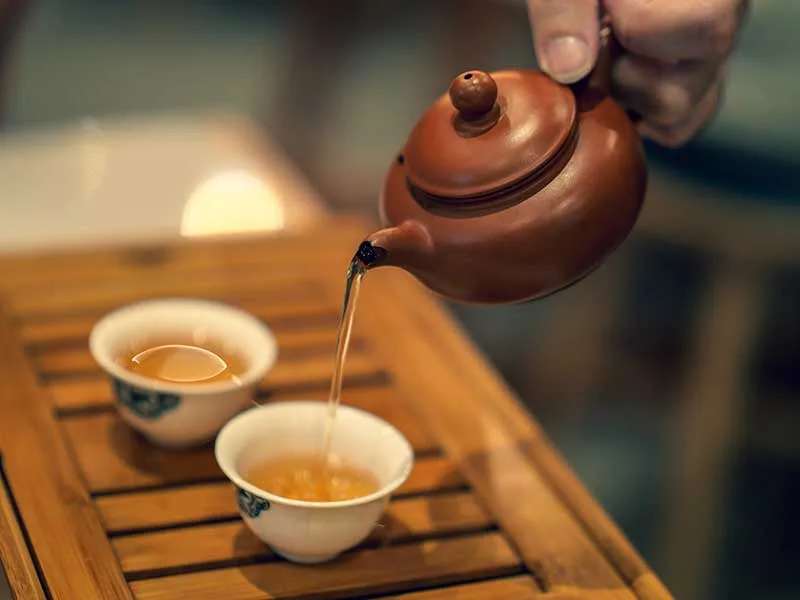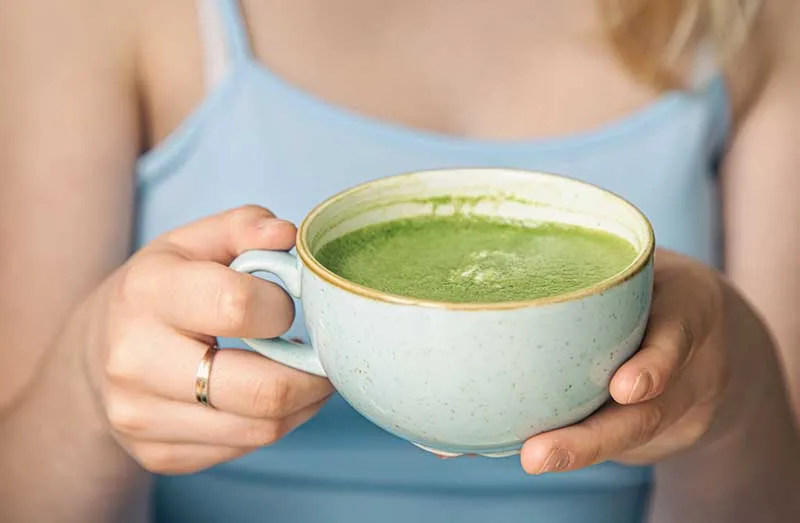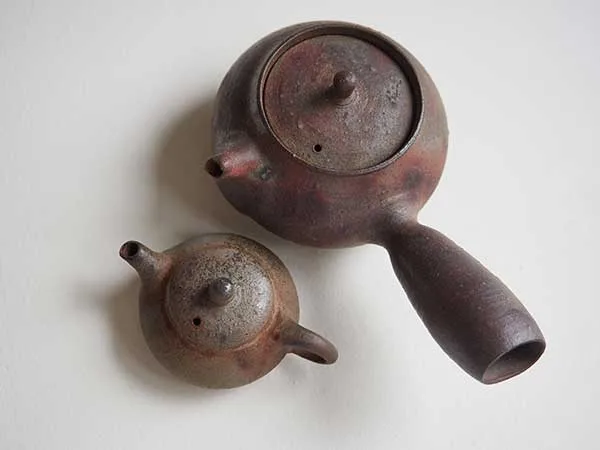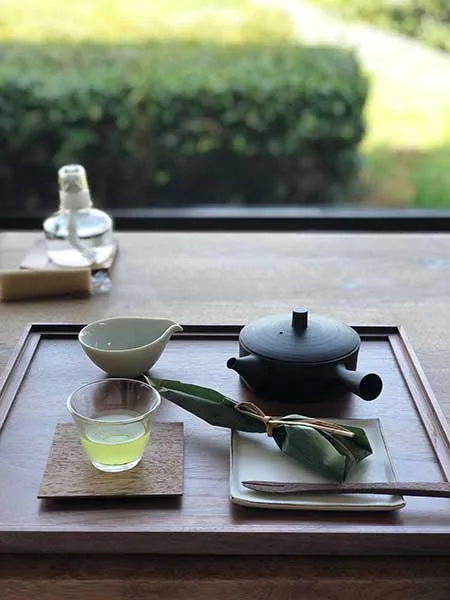Everything You Should Know About Japanese Tea Culture
When you hear tea in Japan, the first thing that comes to mind is order, peace, and tradition. At the heart of these traditions and rituals, tea has a very, very special place in Japan, similar to the tea culture in China. For Japanese people, tea is part of the soul of their daily lives. When they drink tea, they feel calm and focused with a sense of peace.
Tea has been present in Japanese culture for centuries, which is intertwined with Zen Buddhism. In the past, monks drank tea regularly to increase concentration and wakefulness during meditation. Over time, this habit gradually became a cultural ritual and later a symbol of politeness and simplicity.
In this article, we will explore the most popular Japanese teas, special ceremonies surrounding herbal teas, the brewing method, and the philosophy of tea in the country.
What are The Famous Japanese Teas?
In Japan, almost all herbal teas are a type of green tea. Because the leaves are not oxidized much in Japan, their color and taste are fresh.

Here’s a list of popular Japanese teas:
- Matcha: This type of tea is the most famous type of Japanese tea, which is in the form of a green powder. To prepare it, matcha powder is mixed with hot water and stirred with a bamboo whisk until a soft green foam sits on the surface of the tea. Matcha tastes a little bitter, but it is very nutritious and full of antioxidants.
- Sencha: This is the everyday tea of Japanese people, which is used every day and can be found in almost every home. Sencha leaves are steamed, and its taste is slightly herbal and bitter like matcha.
- Hōjicha: This type of tea must be roasted like coffee beans or cacao beans, which is why it is brown in color and smells like roasted tea. Because it has little caffeine, it is usually drunk at night.
- Gyokuro: This is a luxurious and expensive tea made from leaves that have been grown in the shade for a while. Its taste is mild and even slightly sweet compared to the previous ones.
- Genmaicha: This is also a popular and common tea in Japan. It is a combination of green tea and roasted rice that has a special taste.

What Is the Traditional Tea Ceremony Like in Japan?
The traditional tea ceremony, which the Japanese call Chanoyu, is considered one of the most beautiful traditions of the country. The ceremony is about five hundred years old and, above all, is about peace, respect, and harmony. In this ceremony, the host prepares matcha tea with great care and order. All the work related to making tea, from pouring hot water to stirring the tea powder, is done in order and in silence.

Guests usually just watch in complete silence and finally, calmly drink the tea. The purpose of this ceremony is not just to drink tea. It is to practice being present in the moment. In fact, each movement in this ceremony has a specific symbol:
- Cleaning the utensils means cleanliness
- Offering tea means respect
- Silence means inner harmony
The Role of Tea in the Daily Life of the Japanese
The Japanese are also among the people who are very fond of tea; they drink a lot of tea throughout the day. Tea is usually brewed in a small clay teapot called a Kyusu, which often has its handle on the side instead of the opposite side of the spout. They also don’t boil the water completely because they say that if it’s too hot, the green tea will taste bitter.

Tea is served in Japan on a variety of occasions, including:
- In the morning with breakfast
- During work at lunchtime
- In the evening when relaxing
- When hosting guests
It is customary for restaurants and shops in Japan to offer free green tea as a sign of hospitality. Drinking tea in Japanese homes is accompanied by silence, the very moment of drinking tea brings a sense of peace to the mind.
What Is the Philosophy of Tea in Japan?
In Japan, tea is not just for quenching thirst, but also an exercise in appreciating the simplicity and beauty of the moment. In Japanese philosophy, there is a concept called Wabi-sabi, which means beauty in simplicity and impermanence.
Traditional Japanese teahouses, called Chashitsu, are usually very simple. They have wooden walls, soft lighting, and absolute silence. In this space, everything is calm, and it seems as if time has stopped as the steam of tea rises from the cup.

In today’s modern world, many Japanese still use tea drinking to relieve stress and return to mental balance.
Conclusion
Tea culture in Japan is more than just drinking a hot liquid. It is a combination of order, beauty, and respect for nature. Tea in this country teaches people to appreciate the little things in life, like the gentle steam rising from the cup or the simple taste of green leaves. If you ever travel to Japan, be sure to attend a tea ceremony. When you dissolve matcha powder in hot water and stir it gently, you will immediately realize that tea in Japan is not just a drink; it is a form of relaxation for the soul.
